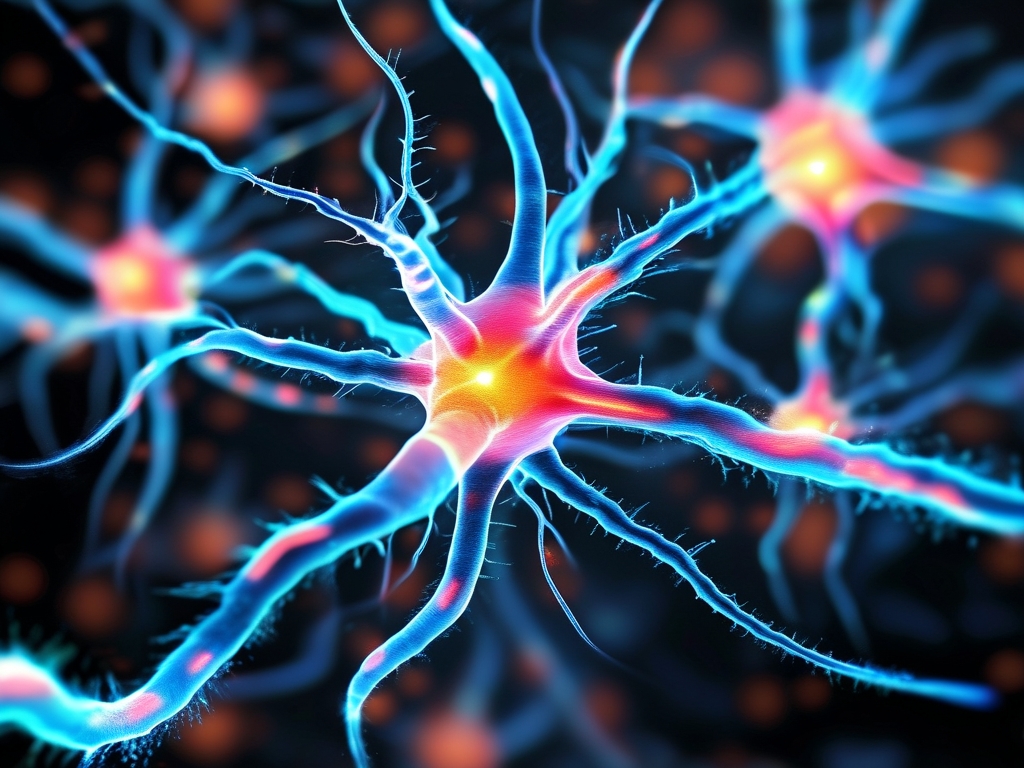In the rapidly evolving landscape of artificial intelligence (AI), spiking neural networks (SNNs) have emerged as a groundbreaking paradigm inspired by the biological processes of the human brain. Unlike traditional artificial neural networks (ANNs), which rely on continuous numerical computations, SNNs encode information through discrete electrical pulses, or "spikes," mimicking the way neurons communicate in biological systems. This article delves into the principles, applications, and future potential of SNNs, positioning them as a transformative force in AI research and neuromorphic computing.

1. Biological Inspiration and Mechanism
SNNs derive their design from the brain’s neural architecture. Biological neurons transmit information via electrochemical signals, firing spikes only when their membrane potential reaches a critical threshold. Similarly, SNN neurons accumulate input signals over time and generate a spike when a threshold is crossed. This event-driven computation enables energy-efficient processing, as neurons remain inactive unless triggered by specific inputs. Temporal coding—where information is embedded in the timing of spikes—adds another layer of sophistication, allowing SNNs to process dynamic, real-world data like sensory inputs more effectively than conventional ANNs.
2. Advantages Over Traditional Neural Networks
The unique properties of SNNs offer several advantages:
- Energy Efficiency: By activating neurons only when necessary, SNNs drastically reduce power consumption, making them ideal for edge computing and IoT devices.
- Temporal Processing: SNNs excel at tasks requiring time-sensitive analysis, such as speech recognition, video processing, and robotic control.
- Neuromorphic Hardware Compatibility: Chips like Intel’s Loihi and IBM’s TrueNorth are designed to leverage SNNs’ sparse activity, enabling faster and more efficient computation compared to von Neumann architectures.
3. Applications Across Industries
SNNs are unlocking innovations in diverse fields:
- Brain-Machine Interfaces (BMIs): By mimicking neural signaling, SNNs improve the accuracy of prosthetics and neural implants.
- Autonomous Systems: Self-driving cars and drones benefit from SNNs’ ability to process sensor data in real time with low latency.
- Healthcare: SNNs aid in analyzing EEG and ECG signals, enhancing diagnostics for neurological disorders.
- Climate Modeling: Their efficiency in handling sparse, event-based data makes SNNs valuable for predicting complex environmental patterns.
4. Challenges and Research Frontiers
Despite their promise, SNNs face hurdles:
- Training Complexity: Backpropagation, the backbone of ANN training, is less effective for SNNs due to their non-differentiable spike functions. Researchers are exploring alternatives like spike-timing-dependent plasticity (STDP) and surrogate gradient methods.
- Hardware Limitations: While neuromorphic chips exist, scaling them for commercial use remains costly.
- Interpretability: The black-box nature of SNNs complicates debugging and trust in critical applications like healthcare.
5. The Road Ahead: Merging Biology and Technology
The future of SNNs lies at the intersection of neuroscience and engineering. Projects like the Human Brain Initiative aim to reverse-engineer neural circuits to refine SNN models. Meanwhile, hybrid systems combining SNNs with ANNs or quantum computing could unlock unprecedented capabilities. As neuromorphic hardware matures, SNNs may redefine AI’s role in society—from enabling autonomous smart cities to advancing personalized medicine.
In , spiking neural networks represent more than a technical advancement; they embody a shift toward biologically plausible AI. By embracing the brain’s efficiency and adaptability, SNNs hold the key to solving problems that have long eluded traditional algorithms. As research accelerates, the "pulse" of innovation they generate will undoubtedly shape the next era of intelligent systems.

